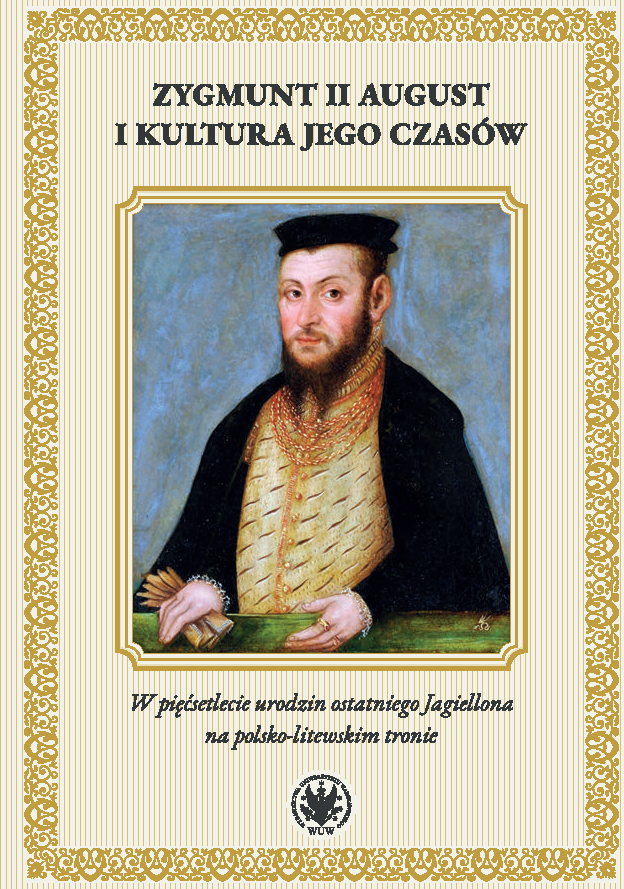Ceremonie żałobne po śmierci ostatnich dwóch Jagiellonów zorganizowane poza granicami Polski
Funeral Ceremonies of the Last Two Jagiellonian Kings Held outside of Poland
Author(s): Piotr Józef Janowski
Subject(s): Cultural history, 16th Century, 17th Century, 18th Century, History of Art
Published by: Wydawnictwa Uniwersytetu Warszawskiego
Keywords: castrum doloris; Sigismund the Old; Sigismund Augustus; Alessandro Farnese; Stanisław Hozjusz; Augsburg; Basilica of San Lorenzo in Damaso in Rome; Rome
Summary/Abstract: In 1548, a funerary exequiae service was held in the Augsburg Cathedral to commemorate Sigismund the Old’s death. The ceremony was attended by Emperor Charles V, his brother Ferdinand as well as princes of the Holy Roman Empire participating in the Imperial diet and members of the Order of the Golden Fleece. The organisers ensured that the event carried an adequate artistic and ideological message by adorning the church interior with funerary apparatuses, especially the so-called castrum doloris. King Sigismund Augustus was also commemorated outside of the Commonwealth, namely in Italy. By the end of August 1572, Pope Gregory XIII celebrated a holy mass for the soul of the late monarch in the Church of Santa Maria in Aracoeli. On 6th of October 1572, Naples saw a funerary ceremony organised by a Polish diplomat, Stanisław Kłodziński, in the Church of Sant’ Anna dei Lombardi. The culmination of the ceremonies held in Italy was the November exequiae celebrated in the Basilica of San Lorenzo in Damaso in Rome, wherein an impressive castrum doloris was erected. The apparatus was depicted in a preserved engraving by Tomasz Treter. The celebration was organised by Alessandro Farnese, Cardinal Protector of the Polish-Lithuanian Commonwealth, with support of Stanisław Hozjusz and other Poles staying in Rome at the time. The funerary services for the last two Jagiellonian kings held abroad were a means of manifesting the dynasty’s power and pursuing a proactive foreign policy. The desired ideological message was conveyed through fine arts, to mention only the occasional architecture described in the article.
Book: Zygmunt II August i kultura jego czasów
- Page Range: 371-392
- Page Count: 22
- Publication Year: 2022
- Language: Polish
- Content File-PDF

